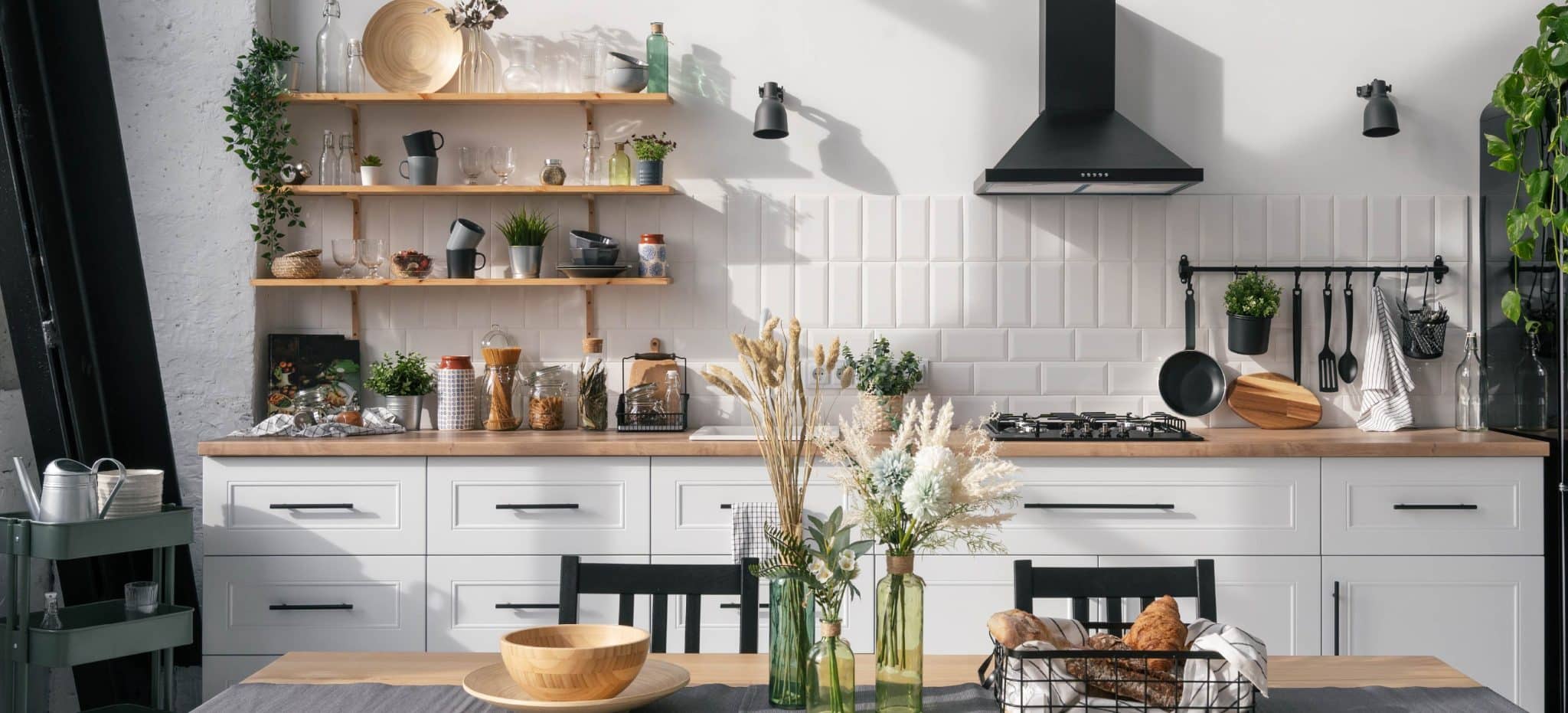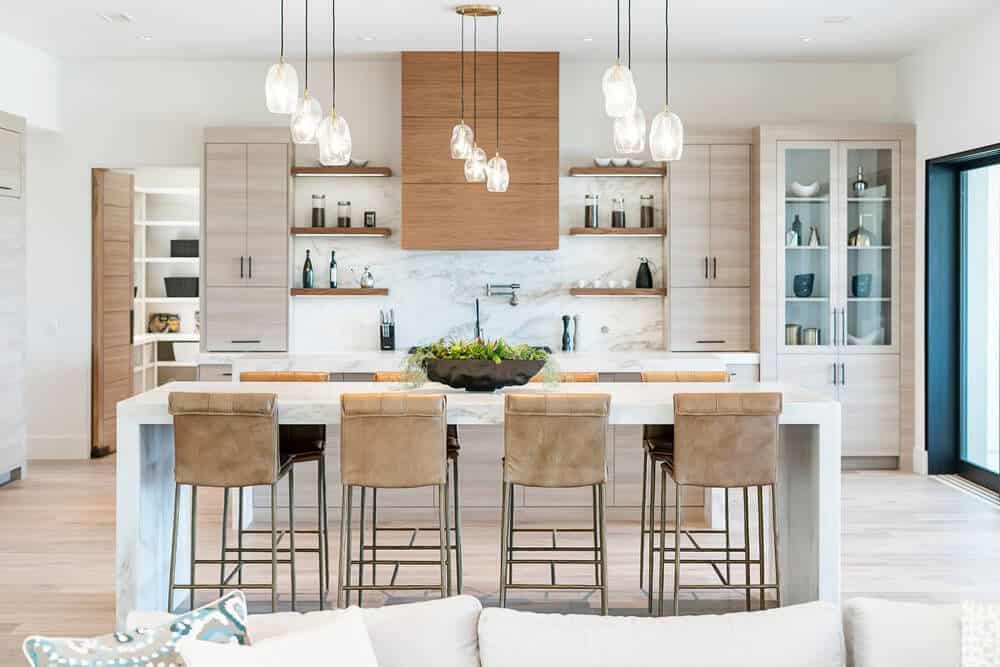The Heart of Your Home: Tips for Designing a Functional and Stylish Kitchen
In this post, we’ll delve into why the kitchen is often seen as the heart of the home and how to create a space that is both practical and visually appealing.
The kitchen serves as the central hub of the home—a place where meals are prepared, stories are shared, and memories are created. To design a kitchen that harmonizes functionality with style, careful consideration of layout, materials, and design elements is essential. From efficient storage solutions to professional upgrades like dishwasher installation Toronto, every detail plays a role in enhancing the space.
Take a look at one of our thoughtfully crafted floorplans, showcasing an exceptional kitchen layout.
Whether you’re planning a complete remodel or just refreshing your current kitchen, these tips will guide you in creating a space that is welcoming, efficient, and ideal for both cooking and gathering.
1. Optimize Your Layout for Maximum Efficiency
A well-thought-out layout is crucial for a functional kitchen. An efficient design facilitates smooth movement between the stove, sink, and refrigerator—often referred to as the “work triangle.” This arrangement minimizes unnecessary steps and enhances the cooking experience.
U-Shaped or L-Shaped Layouts: These popular configurations provide ample counter space while ensuring a natural flow between essential work areas.
Open-Concept Kitchens: If you have the space, consider an open-concept design that links the kitchen with the dining or living areas. This promotes interaction and transforms the kitchen into a lively social hub.
Explore this open-concept floorplan that highlights a beautifully designed kitchen as its centerpiece.
By focusing on efficiency and blending it with thoughtful design, you can create a kitchen that not only fulfills your practical needs but also becomes a warm and stylish gathering spot in your home.
2. Maximize Storage Efficiency

Keeping your kitchen organized is essential for both functionality and a clean, stylish appearance. Smart storage solutions ensure that every item has its designated spot while remaining easily accessible.
Cabinetry: Choose cabinets that incorporate drawers, shelves, and pull-out trays to optimize your storage space. Tall cabinets that reach the ceiling are ideal for making the most of vertical space.
Drawer Dividers: Use drawer dividers to keep your utensils, cutlery, and kitchen gadgets organized and within easy reach.
Pantry Options: If you have the space, a pantry or pantry cabinet is a fantastic way to store dry goods, small appliances, and other kitchen necessities.
3. Choose High-Quality Materials
The materials you choose for your kitchen play a crucial role in its durability and aesthetic appeal. Focus on options that are both long-lasting and easy to care for.
Countertops: Seek materials that strike a balance between style and durability. Granite, quartz, and stainless steel are all excellent options, recognized for their resilience and resistance to stains and heat.
Backsplash: Infuse some personality into your kitchen with a stylish backsplash. Popular choices include ceramic tiles, subway tiles, or sleek glass for a contemporary feel.
Flooring: Select flooring materials that are comfortable, durable, and easy to maintain. Hardwood, tile, and vinyl are versatile options that can enhance a variety of kitchen styles.
Take a look at this floorplan, which combines the best features of open and traditional layouts for a balanced and functional design.
4. Prioritize Effective Lighting

Lighting is essential in the kitchen, helping to ensure that tasks such as chopping, cooking, and cleaning are done safely and efficiently. It also enhances the overall atmosphere of the space.
Task Lighting: Incorporate under-cabinet lighting to illuminate countertops and work areas. Pendant lights above the kitchen island provide focused light, ideal for food preparation or casual dining.
Ambient Lighting: Utilize ceiling fixtures or recessed lights to create a warm and inviting environment throughout the kitchen.
Natural Light: Enhance natural light by strategically placing windows. For privacy, consider frosted or textured glass to allow brightness while maintaining comfort.
5. Combine Practicality with Style
A well-designed kitchen achieves a balance between functionality and visual appeal, creating a space that is both efficient and beautiful.
Color Palette: Select colors that express your personality while ensuring a cohesive look. Neutral shades offer a timeless base, while bold accents add vibrancy and character.
Appliances: Blend appliances with cabinetry for a streamlined design. Stainless steel appliances provide a modern touch and complement various styles.
Hardware: Pay attention to small details like cabinet pulls, faucets, and fixtures, as they allow for personalization in your kitchen. Choose finishes that enhance the overall style, whether it’s modern, rustic, or traditional.
This open-concept layout ensures ample space for entertaining, making it ideal for hosting family and friends.
6. Add Personal Touches with Practicality
While the kitchen serves a primary function, it also offers a chance to express your personality and make it distinctly yours.
Herb Garden: Create a small herb garden on your countertop or windowsill for easy access to fresh herbs while cooking. This not only adds practicality but also brings a touch of greenery to your kitchen.
Message Center: Set aside a space for notes, grocery lists, and family schedules. A chalkboard, whiteboard, or corkboard can help keep things organized while adding a bit of charm to your area.
Display Nooks: Incorporate a small shelf or open cabinetry to showcase your favorite cookbooks, dishes, or decorative items. These personal touches infuse warmth and character into your kitchen.
7. Plan for Future Needs
When designing your kitchen, consider your current and future needs to ensure it remains functional over time.
Ergonomics: Ensure that countertops, cabinets, and appliances are at comfortable heights to minimize strain and simplify daily tasks.
Aging in Place: If you intend to stay in your home for the long haul, think about including features like pull-out shelves, lower counters, or wider walkways to accommodate any potential mobility changes.
Flexibility: Create a kitchen that can evolve with your needs. Movable islands, adjustable shelving, and multipurpose furniture can enhance the space’s versatility.
Designing a kitchen that harmonizes functionality and style requires careful consideration. By prioritizing efficient layouts, smart storage solutions, durable materials, effective lighting, and personal touches, you can create a space that is both practical and inviting. Since the kitchen is the heart of the home, make sure its design reflects your unique style while meeting your everyday needs.






